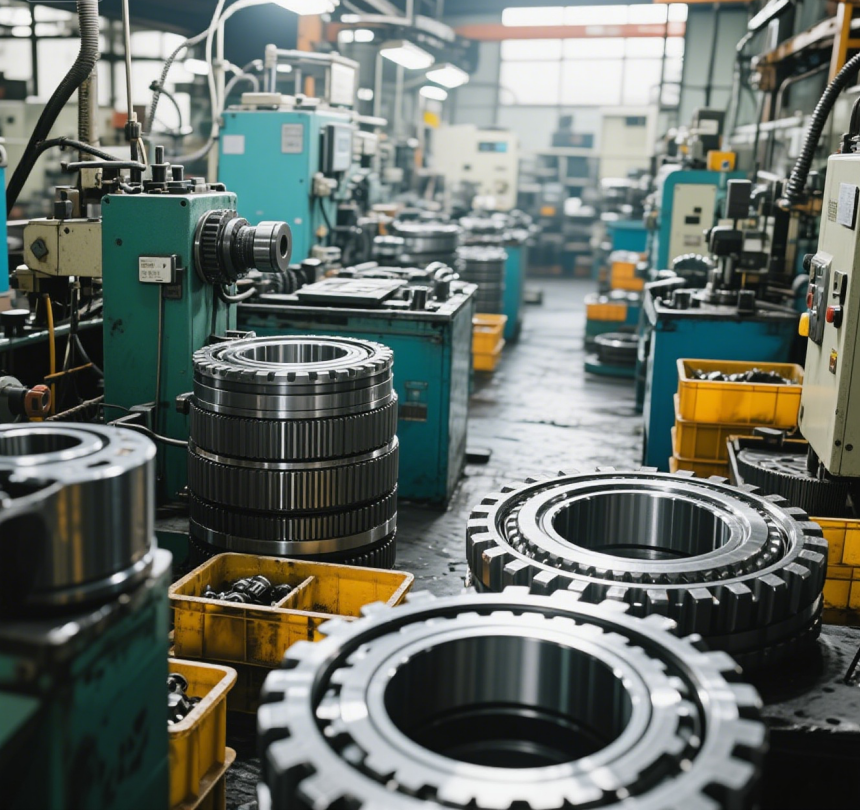In the field of industrial automation, many people believe that the linear motor is inferior to the servo motor in terms of precision, speed, and rigidity. However, real-world application cases tell a different story.
In terms of precision, TSMC’s linear motor-driven wafer platform achieves nanometer-level positioning.
This far surpasses traditional servo motors. In Carl Zeiss’s German high-end microscope production, linear motors control lens displacement within micrometersThis ensures excellent imaging quality.
Regarding speed, Foxconn’s linear motor-driven sorting manipulator completes material pick-and-place in 0.3 seconds.This is 30% faster than servo motor-driven counterparts. In HP’s high-speed inkjet printers, the linear motor drives the print head to shuttle at a speed of 500 meters per minute, quickly completing the printing task.
In terms of rigidity performance, China First Heavy Industries’ linear motor-driven worktable stays stable.
It carries 10-ton workpieces even during high-speed milling in their gantry machining center. For new energy vehicle battery module production, linear motor-driven presses precisely press cells under high pressure. They also operate reliably even under heavy loads.
The linear motor demonstrates its outstanding performance in various fields such as chip manufacturing and electronics assembly, thanks to its own advantages. Its strength should not be underestimated. With the development of technology, it is bound to bring more surprises to industrial automation.



